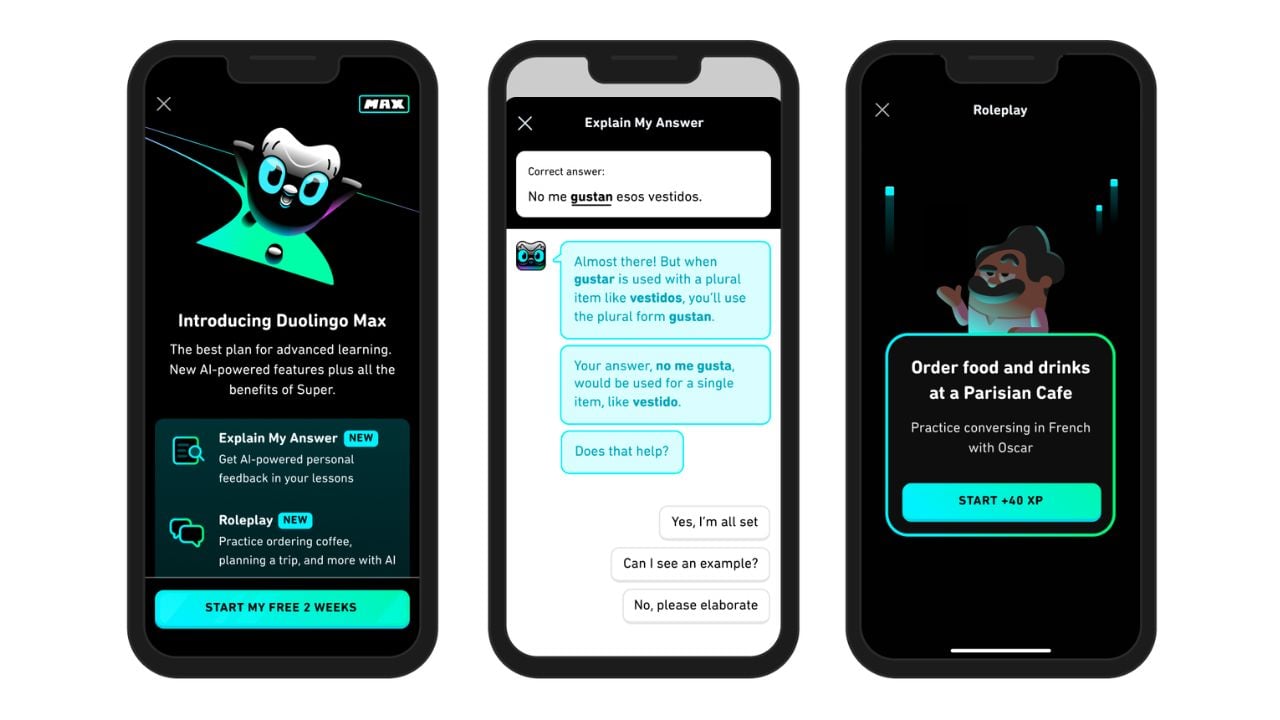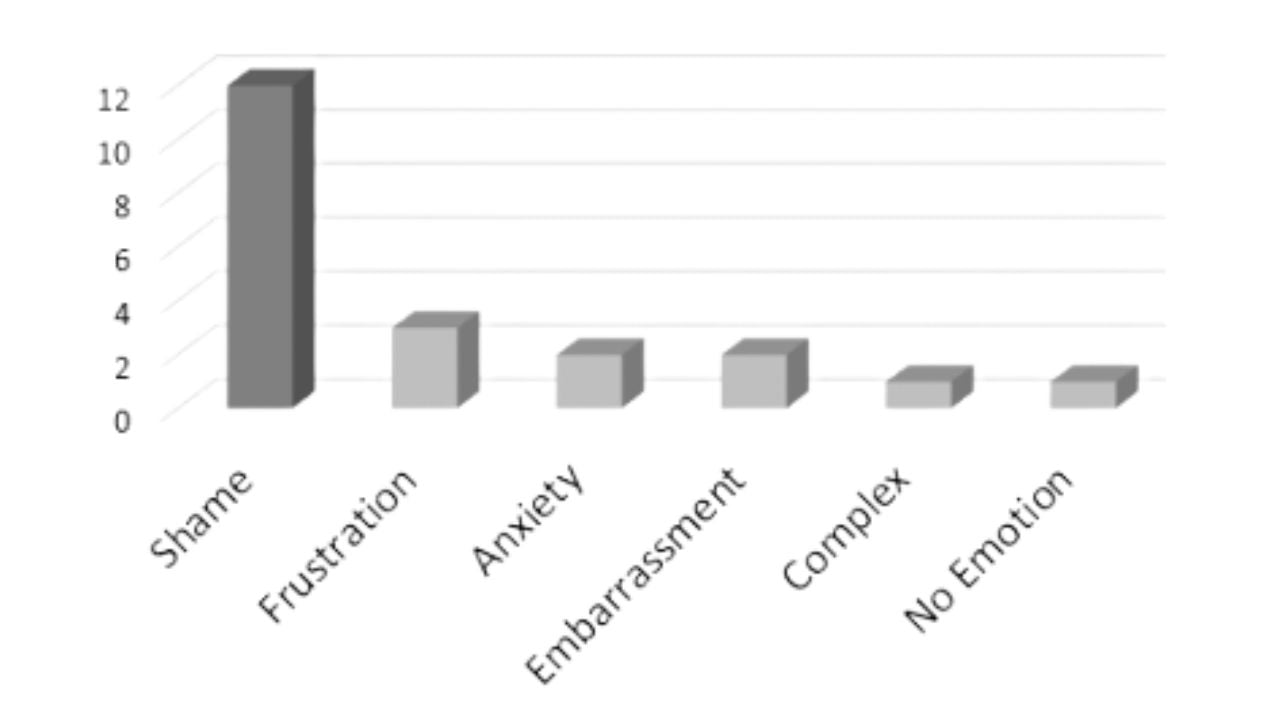Learning a language is no easy task. It requires hours and hours of studying not only foreign vocabulary but also the pronunciation and grammatical structures that make up a language.
Beyond that, you also need to immerse yourself in the culture of the countries that speak the language, master regional dialects and slang terms used by people who live there, and learn how to formulate sentences correctly and maintain conversations for real-life situations.
For years, it seemed the only way to properly learn a language was to move to the country where the language is spoken and expose yourself to it as much as possible.
That’s what I did to learn Spanish. I lived in Spain for several years, worked closely with Spanish speakers, and learned the local lingo by teaching English to Spanish teenagers. Many of my bi-lingual or multi-lingual friends share a similar story.
But with recent advancements in artificial intelligence (AI) and the rise of Large Language Models (LLMs) like ChatGPT, the way people learn new languages is changing. Language learners from across the globe are turning to AI-powered apps and chat tools to improve their language skills.
From automatically checking grammatical errors or correcting pronunciation mistakes, these new technologies are changing the way people learn languages and opening the door for a whole new generation of language learners.

AI-powered Language Learning
Today, more people are learning a language than ever before. This is largely thanks to tools like Duolingo and Babble, which have democratised language learning for people of all ages and made it easier than ever to practice your language skills.
However, with recent advancements in AI and LLMs, the role of online tools in the learning of a language will likely soon go far beyond that. We can already see it happening.
Duolingo has integrated OpenAI’s GPT-4 with the launch of Duolingo Max, allowing users to roleplay with an AI chatbot in multiple different languages and learn where they went wrong in real time when they make mistakes.

Max users can even have AI to simplify special grammatical rules in almost any language. If they still don’t understand, they can ask for examples of the rule in action or ask the AI to explain the rule in another way.
This already goes far beyond the tools I had access to when I was learning a language. People no longer need to scour forums or articles to explain a specific grammar rule. They can just ask an AI to explain a rule and instant response.
But I think the capabilities of AI will go even further than this. Developers are already jumping on the wave of interest for online language learning tools, and there are now numerous apps that have drawn on open-source code to customise AI for language learners.
Take Tutor Lily, for example, another AI tool powered by OpenAI’s GPT-4. Tutor Lily is a specialised chatbot that allows students to speak directly to an AI language teacher to practice their conversation skills.
When they make a mistake, Tutor Lily gives direct and simple feedback specific to your conversation. In this conversation below, for example, Lily highlights multiple complex mistakes and gives basic explanations as to why they are incorrect.
What makes such a powerful tool, however, is that it learns from previous conversations to understand what you’re interested in rather than sticking to boring, pre-scripted roleplays.
It also adapts to your level of understanding of a language and automatically asks questions appropriate for that level.
This personalised learning experience makes the conversation much more interactive, allowing students to be challenged no matter their skill level while not overloading them with too much information or language they can’t understand.
Removing the shame from language learning with AI
As well as making learning a language more accessible, AI tools like Tutor Lily and Duolingo Max also break one of the hardest hurdles language learners struggle with – shame.
Many people get self-conscious or embarrassed about making mistakes in a language they barely speak – even when speaking with their tutor.
This shame, research shows, is one crucial reason people struggle to express themselves in their target language, preventing them from improving their speaking skills.

But a chatbot won't judge you for your mistakes. The new wave of AI tools is so advanced that it can cultivate AI penpals that students can practice with from the comfort of their own homes.
Of course, speaking to an AI is yet to be as good as speaking to a native speaker. AI-powered chatbots may not fully understand the nuances of human conversation, and machine translation can sometimes be inaccurate.
However, I can see AI used as a complementary tool alongside traditional learning methods and interactions with native speakers.
Is there any point in learning a language in the age of AI?
Then comes the question we’re all probably thinking. If people are using AI to learn a language and anyone can use an AI to generate responses for them, is there any point in learning a language in the first place?
Yes, learning a language is still worth it. While AI has become incredibly powerful, it lacks the human touch that makes a language a language. Humour, slang and cultural nuances can only be learned from speaking with speakers in the target language.
Learning a language allows you to fully understand jokes, appreciate poetry, and connect with people on a deeper level in the target language. AI can’t do that for you.
Still, learning a language takes a long time and dedication. Simply AI tools can offer a quicker way to access information and communicate in basic conversations or emergency circumstances.
AI tools for language learning
Choosing the best AI language learning tool depends on your individual needs and learning style. Here are some best options across different categories:
1. TextCortex AI - TextCortex AI is a cloud-based content marketing software that uses AI to assist with various writing tasks. TextCortex comes with a conversational AI called ZenoChat that can produce output in 25+ languages and a writing assistant called Zeno Assistant. You can use these two features to improve your language skills in different ways.
2. Andy - Andy is a virtual chatbot that specialises in teaching English. Andy can help with speaking practice, and grammar lessons, and make learning fun and engaging with interactive games and quizzes.
3. Mondly -Mondly is an educational technology company that develops a freemium language learning platform comprising a website and a series of AI-powered apps. It offers courses for 33 languages with free and paid subscriptions.
4. Duolingo Max -Duolingo Max is a newer subscription tier offered by Duolingo that goes beyond the features of their existing Super subscription. It promises a more in-depth and personalized learning experience through two key AI-powered features:
- Explain My Answer. This feature uses AI to analyze your mistakes in Duolingo exercises and provide detailed explanations of why your answer was incorrect. It not only clarifies the correct answer but also delves into the grammar, vocabulary, or concept involved, promoting deeper understanding.
- Roleplay. This feature utilizes AI to simulate real-life conversations. You can choose various scenarios, like ordering coffee at a cafe or discussing travel plans, and converse with AI-powered characters. The feedback focuses on both the accuracy and complexity of your responses, helping you improve your fluency and conversational skills.
5. Tutor Lily - Tutor Lily is an AI-powered language learning app that focuses on conversational practice and personalized feedback. It aims to help users achieve fluency through engaging conversations with a virtual language partner named Lily.







Comments ( 1 )
David Argent
04/01/2024